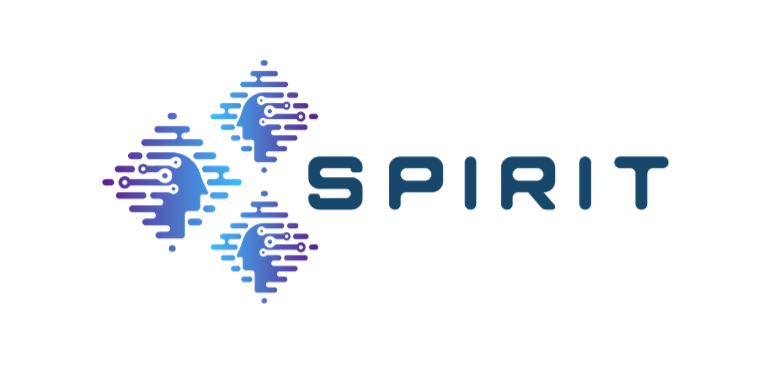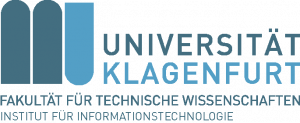13th International Conference on Computer and Knowledge Engineering (ICCKE)
November 1-2, 2023 | Mashad, Iran
[PDF]
Reza Saeedinia (University of Tehran), S. Omid Fatemi (University of Tehran), Daniele Lorenzi (AAU, Austria), Farzad Tashtarian (AAU, Austria), Christian Timmerer (AAU, Austria)
Live user-generated content (UGC) has increased significantly in video streaming applications. Improving the quality of experience (QoE) for users is a crucial consideration in UGC live streaming, where a user can be both a subscriber and a streamer. Resource allocation is an NP-complete task in UGC live streaming due to many subscribers and streamers with varying requests, bandwidth limitations, and network constraints. In this paper, to decrease the execution time of the resource allocation algorithm, we first process streamers’ and subscribers’ requests and then aggregate them into a limited number of groups based on their preferences. Second, we
perform resource allocation for these groups that we call communities. We formulate the resource allocation problem for communities into an optimization problem. With an efficient aggregation of subscribers and streamers at the core of the proposed architecture, the computational complexity of the optimization problem is reduced, consequently improving QoE. This improvement occurs because of the prompt reaction to the bandwidth fluctuations and, subsequently, appropriate resource allocation by the proposed model. We conduct experiments in various scenarios. The results show an average of 41% improvement in execution time. To evaluate the impact of bandwidth fluctuations on the proposed algorithm, we employ two network traces: AmazonFCC and NYUBUS. The results show 4%, and 28% QoE improvement in a scenario with 5
streamers over the AmazonFCC and the NYUBUS network traces, respectively














